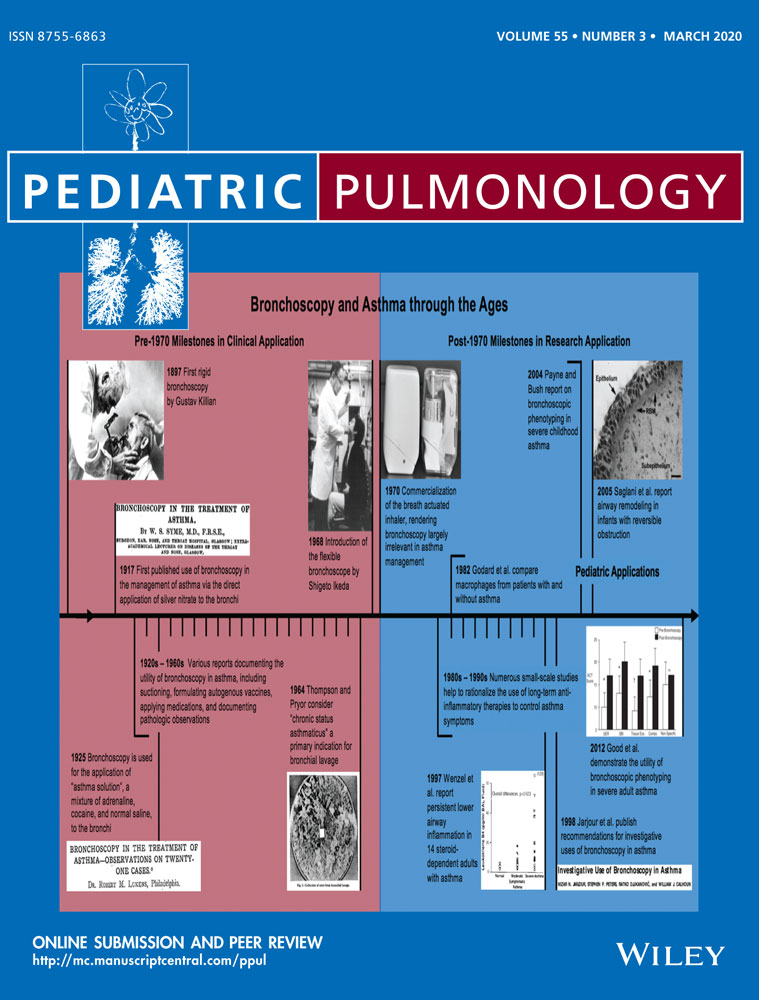Analysis of Wnt7B and BMP4 expression patterns in congenital pulmonary airway malformation
Abstract
Background
Congenital pulmonary airway malformation (CPAM) is a rare disorder characterized by aberrant overgrowth of terminal bronchioles. The objective of this study was to describe wingless-type MMTV integration site family 7B (Wnt7B) and bone morphogenetic protein 4 (BMP4) expression patterns in human CPAM lesions and to explore the possible roles of Wnt7B and BMP4 in the pathogenesis of CPAM.
Methods
Fifteen tissue samples from patients with CPAM were obtained from the Pathology Department of Shengjing Hospital of China Medical University. Samples representing CPAM lesions and adjacent normal lung tissues were collected and Wnt7B and BMP4 expression was detected through immunohistochemical (IHC) staining, quantitative real-time polymerase chain reaction (qRT-PCR), and Western blotting.
Results
IHC revealed that Wnt7B immunopositive cells were only detected in epithelial cells, whereas BMP4 immunopositive cells were detected in epithelial and mesenchymal cells. Expression of Wnt7B and BMP4 immunopositive cells was higher in CPAM lesions than that in adjacent normal lung tissue. qRT-PCR and Western blotting showed that Wnt7B and BMP4 mRNA and protein expression were significantly higher in CPAM lesions than in adjacent normal lung tissue (P < .05). Overall, the level of BMP4 was higher than that of Wnt7B.
Conclusions
Increased expression of Wnt7B and BMP4 appear to be related to the pathogenesis of CPAM and abnormal pulmonary development. Upregulation of Wnt7B and BMP4 could play an important role in the development of the bronchial-alveolar structures that characterize CPAM.
CONFLICTS OF INTEREST
The authors declare that they have no conflicts of interest.




